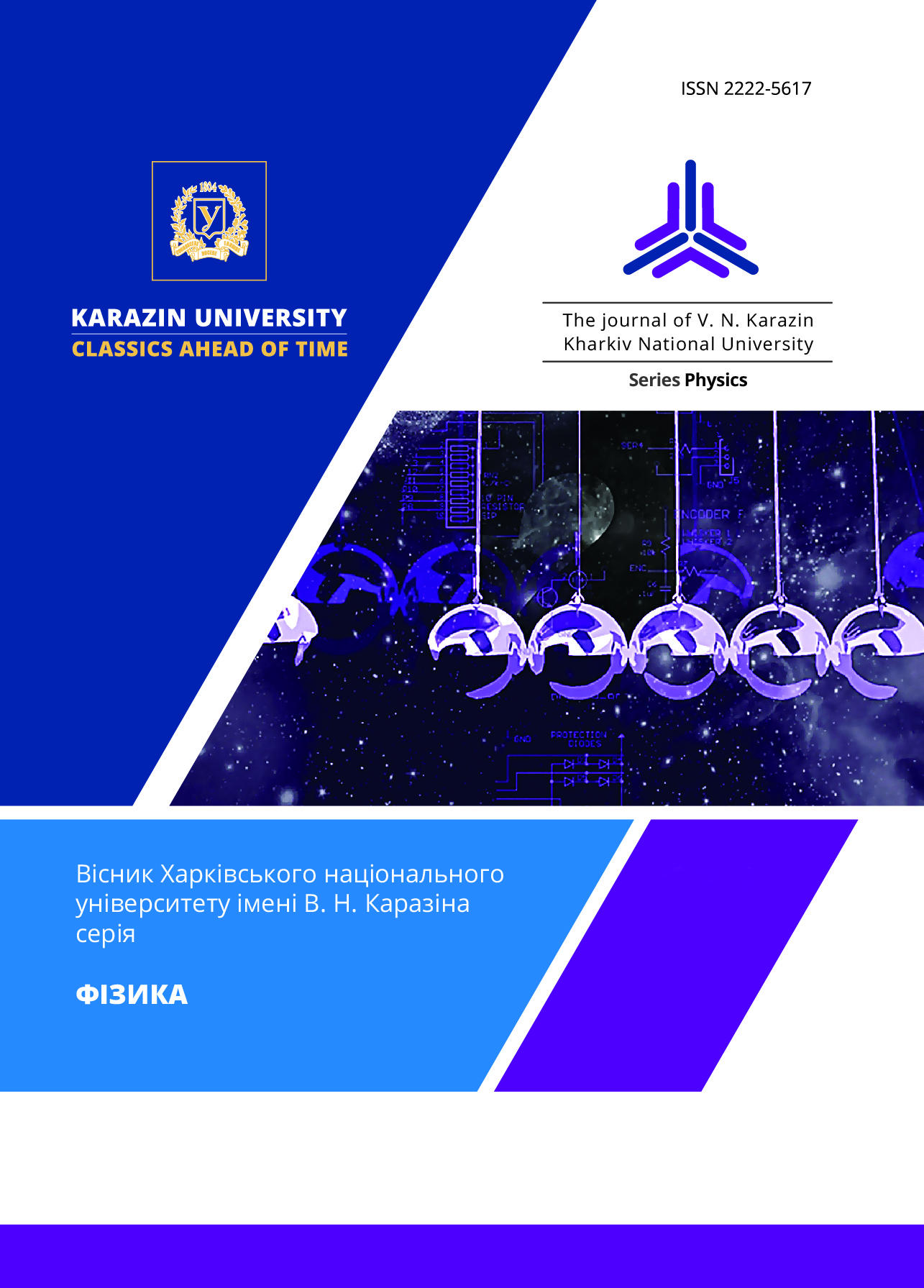Cooled ferromagnetic shield as a part hybrid system for isolation of a flux qubit from electromagnetic environment
Abstract
Currently, circuits for quantum informatics, communications and measuring equipment containing superconducting flux qubits in a planar design are being created by quantum engineering techniques. To function, such structures must be cooled in a refrigerator down to about 10 mK. The flux qubits have linear size of superconducting circuit of some tens of micrometers and are very sensitive to external magnetic fields and their variations. The qubit built in the gradiometer-like design has reduced sensitivity to external uniform magnetic fields, but remains quite sensitive to their variations. To protect the qubit from unwanted external magnetic fields, which include the Earth's field, man-made fields, and residual magnetic fields of the cryostat parts, it is necessary to create efficient magnetic shields. Earlier, we proposed a scheme for a single-photon microwave counter, in which a planar flux qubit in a gradiometer version serves as the receiving element. To let it function properly, a 3-layer hybrid magnetic shield composed of two superconducting and one ferromagnetic cylinders, has been designed for installation in a dilution refrigerator at 10 mK temperature. The effectiveness of such a shield depends on the correct design of all three shells. This paper presents the results of calculation and magnetic measurements of a cylindrical ferromagnetic screen made of low-temperature permalloy Cryoperm 10 in dc and low-frequency alternating magnetic fields. Cryoperm 10 keeps high magnetic permeability at liquid helium temperatures and below. It is shown that this shield is able of reducing the absolute value of the magnetic field and its variations by 55-70 dB. Together with superconducting lead magnetic shields, this design will reduce the absolute value of the field by 70 dB, and the field variation by 200 dB, which will provide the necessary conditions for the operation of a single-photon counter based on a flux qubit.
Downloads
References
2. V.I. Shnyrkov, A.M. Korolev, O.G. Turutanov, V.M. Shulga, V.Yu. Lyakhno, V.V. Serebrovsky. Low Temp. Phys., 41, 867 (2015). https://doi.org/10.1063/1.4935839
3. V.I. Shnyrkov, Wu Yangcao, A.A. Soroka, O.G. Turutanov and V.Yu. Lyakhno, Low Temp. Phys., 44, 213 (2018). https://doi.org/10.1063/1.5024538
4. B. Cabrera, F.J. van Kann, Acta Astronautica, 5, 125 (1978). https://doi.org/10.1016/0094-5765(78)90041-3
5. S.I. Bondarenko, V. I. Sheremet. Primenenie sverkhprovodimosti v magnitnykh izmereniyakh (Application of superconductivity in magnetic measurements). Energoatomizdat, Leningrad (USSR) (1982), p.64 [in Russian].
6. A. P. Shapovalov, V. E. Shaternik, O. G. Turutanov, O. Yu. Suvorov, A. A. Kalenyuk, V. Yu. Lyakhno, U. Yilmaz, P. Febvre, V. I. Shnyrkov. Appl. Nanoscience, 10, 2843 (2020). https://doi.org/10.1007/s13204-020-01254-9
7. D. Irisawa, K. Imai, K. Shintomi, A. Yahara, H. Matsubara. Electr Eng Jpn., 207, 3 (2019). https://doi.org/10.1002/eej.23195
8. V.Yu. Lyakhno, O.G.Turutanov, A.P. Boichenko, A.P. Shapovalov, A.A. Kalenyuk, V.I. Shnyrkov. Low Temp. Phys. 48(3) (2022) (in press)
9. MuShield® website. https://www.mushield.com/material-sales/cryoperm/ (Accessed Nov. 14, 2021)
10. A. Mager, J. Appl. Phys. 39, 1914 (1968). https://doi.org/10.1063/1.1656455
11. A. Mager, Frequenz, 22(1) 24 (1968) (in German). https://doi.org/10.1515/FREQ.1968.22.1.24








3.gif)
